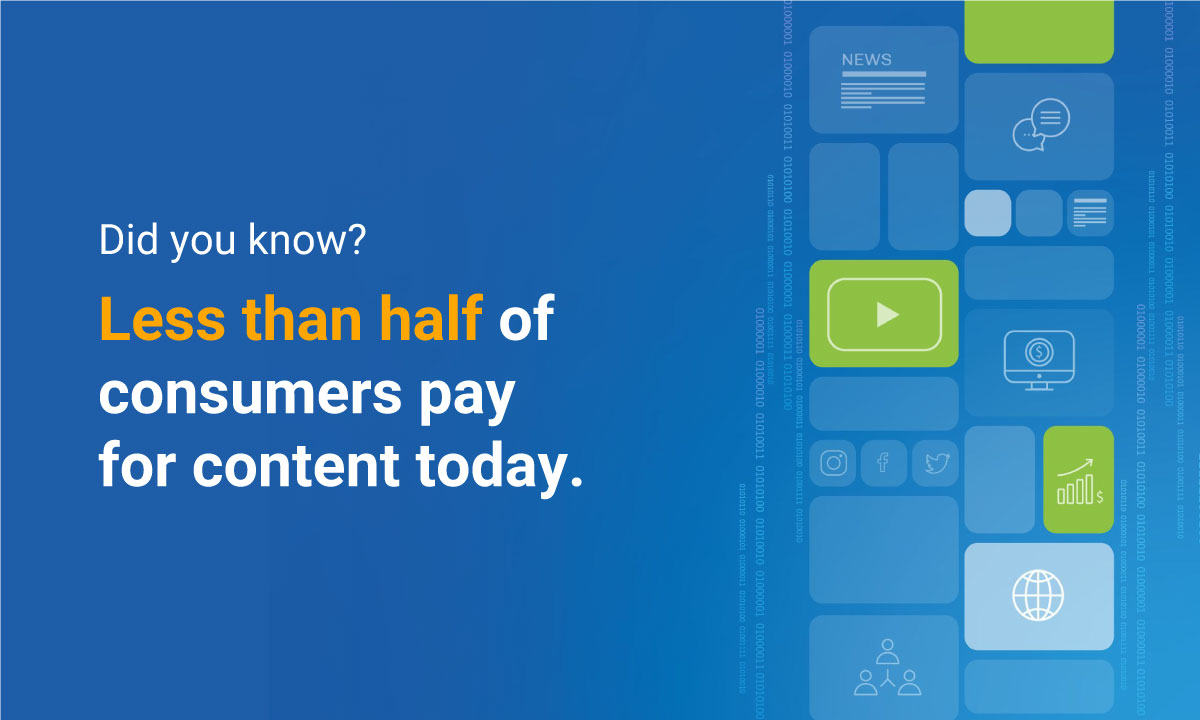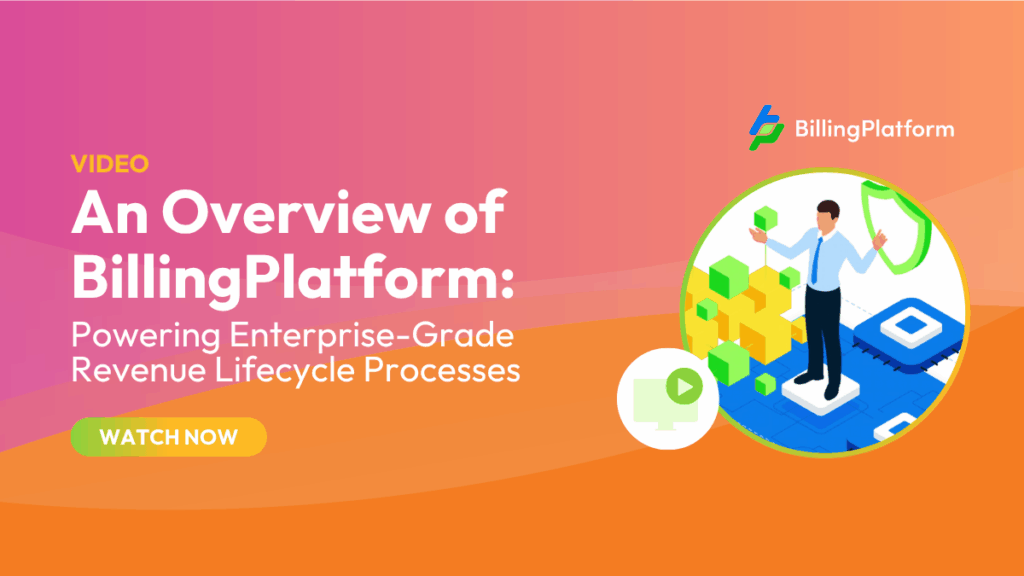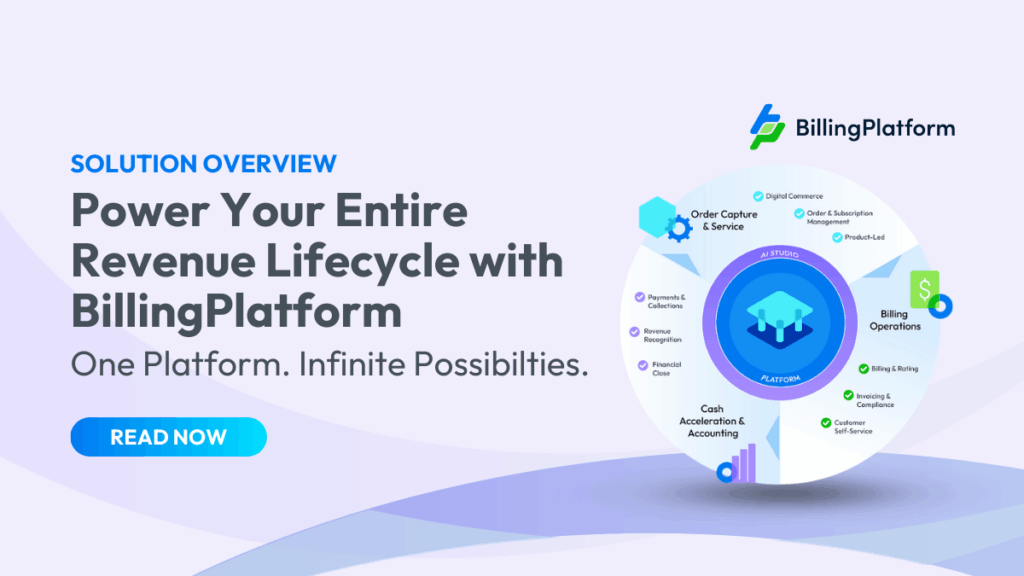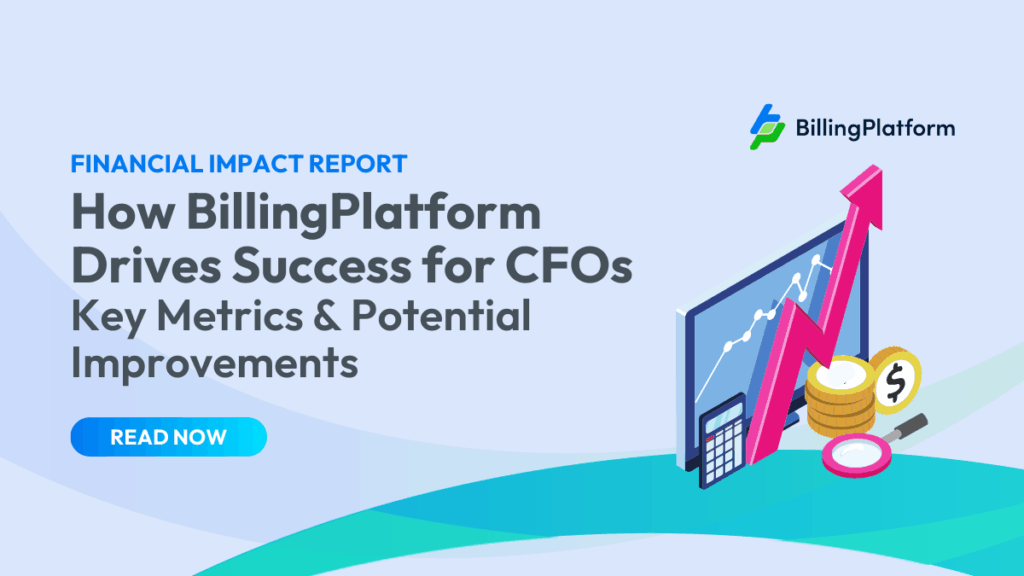Upended by rapid changes brought on by digital technology, media and publishing companies are finding themselves at a crossroads. Digitalization has forever changed these industries, not only in the sheer volume of content but in how it is consumed – fueling the rumor that they are on their way to extinction.
In reality, nothing is further from the truth. While the rapid progression of the digital age has forced continuous evolution, media and publishing companies are on the cusp of a new era – one that opens the door to improved revenue streams and increased profitability.
Overcoming Challenges to Realize Opportunities
Significant opportunities also bring numerous challenges that publishers and media companies are striving to overcome. To get an idea of the challenges these industries are facing, let’s take a look at some of their everyday issues.
Publishers: A recent survey, conducted by DoubleVerify, of 300 publishing executives revealed that:
- Nearly half (47%) struggle with billing management, and their companies lack the resources needed to support billing and reconciliation processes – which results in payment delays.
- 73% spend an excessive amount of time manually processing inventory performance and revenue data.
- Likewise, 80% indicated that the amount of time spent collecting data and processing it limits their ability to optimize inventory performance and revenue.
- The efforts required to pull, consolidate, organize, and normalize data from disparate systems, including demand-side platforms (DSPs), supply-side platforms (SSPs), and exchanges is taking resources away from revenue-generating initiatives.
Media companies: While media organizations may be challenged by some of the same issues as publishers, they struggle with additional difficulties, such as:
- A recent Deloitte’s COVID-19 digital media trends survey explored the biggest challenges and trends of this industry and discovered that:
- The churn rate among over-the-top (OTT) services in the US rose from 35% in 1Q19 to 41% in 1Q20.
- 65% of respondents are comfortable watching ads to eliminate or reduce subscription costs.
- Customers want tailored content and pricing options, including tiered pricing.
- Harnessing customer data is imperative to providing relevant content recommendations and targeted advertising.
- Long-term customer relationships will be determined by providing the best customer experience possible.
Many of the issues that media companies and publishers continue to struggle with are a result of the traditional and manual processes that were established decades ago. Processes that were put in place long before the onset of digitalization – and are still being used today.
To stay relevant in today’s rapidly changing digital landscape, these industries need the ability to better monetize their offerings – and more importantly they need to be able to quickly and accurately bill for their services. Doing this requires an agile billing strategy that can quickly react to the dynamics of today’s digital world. To future-proof their businesses, media companies and publishers need to conquer the three C’s – Content, Consumption, and Competition.
Conquering the Three C’s
Each of these challenges – proliferation of free content, omnichannel as the new standard, and competition for net new paying subscribers – have identifiable resolutions and benefits. When incorporated independently the solutions will help you gain traction and improve revenue streams, and when implemented in combination your media or publishing company will gain competitive and monetary advantages currently unattainable.
Content
Widely available, the internet is bursting with content – and most of it is free. Is there such a thing as too much content? And how can you get consumers to pay for the content you’re providing? Let’s answer the first question. With easy access to an abundance of information and entertainment, this is a slippery slope without a clear-cut answer. Provide too little and consumers will seek other sources, while providing too much may lead to indecisiveness resulting from information and entertainment overload.
The second question – how to convert passive viewers and readers into paying subscribers – has a more tangible response and strategy. In fact, we’re already witnessing a change in mindsets. Today an increasing number of consumers are beginning to see the benefits of paying for content. According to the consolidated findings of surveys, conducted by Nielsen and the World Economic Forum, across China, Germany, India, South Korea, the United Kingdom, and the United States – less than half of the consumers surveyed are currently paying for news and entertainment, however 53% are willing to pay for news and 70% for entertainment.
To give these rising figures a boost, it’s essential that you’re able to package and deliver the content in a way that makes consumers eager to become paying subscribers. This is where you can unleash your imagination and create the innovative content packages and bundles, pricing models, and promotions today’s consumers desire. An agile billing system gives you the power to accelerate revenue from digital offerings, while still providing the capabilities needed to serve traditional print and viewing customers.
Consumption
Although consumers tend to favor a single media brand, the way content is accessed and consumed varies widely. It’s also dependent on the location, time of day, device used, accessibility, etc. Demographic factors such as age, gender, education, and income also play a significant role in how content is accessed and consumed.
While virtually all demographics consume content online, the heaviest users are consumers between 25 – 34 years old. A subgroup within the millennial generation, these consumers are device-agnostic and expect seamless access to content. Their expectations are high and gravitate to media companies and publishers that provide an integrated and personalized customer experience, regardless of the device or touchpoint. To maintain this level of unity between channels and devices, you need a cross-channel content strategy that connects data and insights from all your sources and applications.
How can you structure your offerings and connect siloed systems to deliver a true omnichannel customer experience? By knowing your target audience and their wants, needs, and preferences, you’re able to offer content that is relevant and timely. This may mean developing a variety of packages and bundles, and delivering the offers on the customer’s preferred channel. Doing this requires that your business gains a new level of agility and flexibility to respond to today’s digital expectations. Key to creating a successful omnichannel strategy is in your ability to integrate disparate systems. Creating synergy between your systems requires an ecosystem that is fully integrated, but it doesn’t end there. Give your customers a choice in how payments are made with payment gateways. This allows them to monitor the entire payment journey, and provides you with continual updates and enhancements to meet changing functional needs and regulatory requirements.
Competition
With unprecedented access to content, the ability to capture consumer attention is growing fiercer by the day. To rise above the competition you need to acquire new customers, while maintaining your existing customer base. Doing this requires you to differentiate your offerings from the competition, and quickly respond to changing customer needs.
Media companies and publishers are facing intense competition, making it even more important to be able to harness the value of the data you’ll collect from delivering omnichannel experiences. These insights allow you to reach net new customers with targeted offers, build and grow a loyal customer base with personalized packages, promotions and discounts, and increase revenue through upsell and cross-sell initiatives.
Since the raw data collected will come from multiple sources you need to be able collect, organize and normalize it – quickly and efficiently. Transforming data into business intelligence requires a mediation engine that can turn consumer consumption into revenue. With the right information in hand, you’re able deliver on customer expectations and set yourself apart from the competition.
A foundational element of conquering the three C’s is in having an agile billing platform that can keep pace with – and stay ahead of – customer preferences and competitive threats.
Rise Above Digital Challenges with the Right Billing Platform
Purpose-built, BillingPlatform helps media companies and publishers easily handle massive transaction volumes and manage complex pricing scenarios, including usage-based, bundled, and subscriptions across all streaming platforms.
With endless configuration options for media products and entertainment platforms, BillingPlatform converts manual billing functions into automated workflows. It gives you the freedom to package, charge, invoice and provision offerings to meet and exceed customer expectations. Plus it provides native mediation to gather data from any source for intelligent insights. As digitalization continues to become increasingly pervasive, media and publishing companies need a way to increase market share and remain competitive. With the right billing solution, you’re able to capture the lion’s share of consumers and rise above the competition. Reach out to our team to learn more about how BillingPlatform can help you conquer the unique challenges facing media and publishing companies today.



